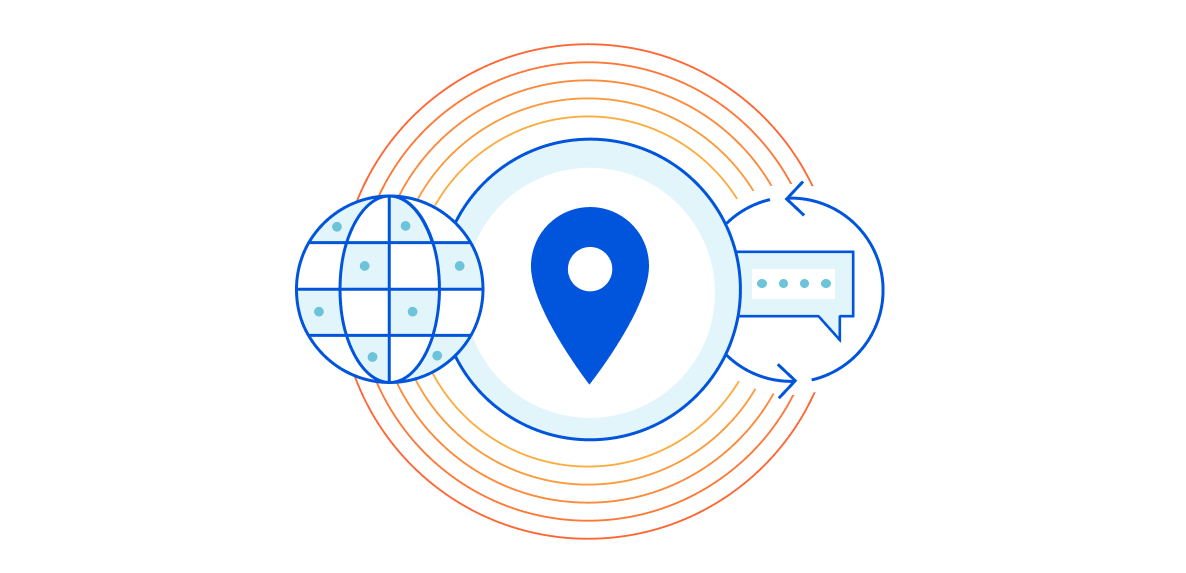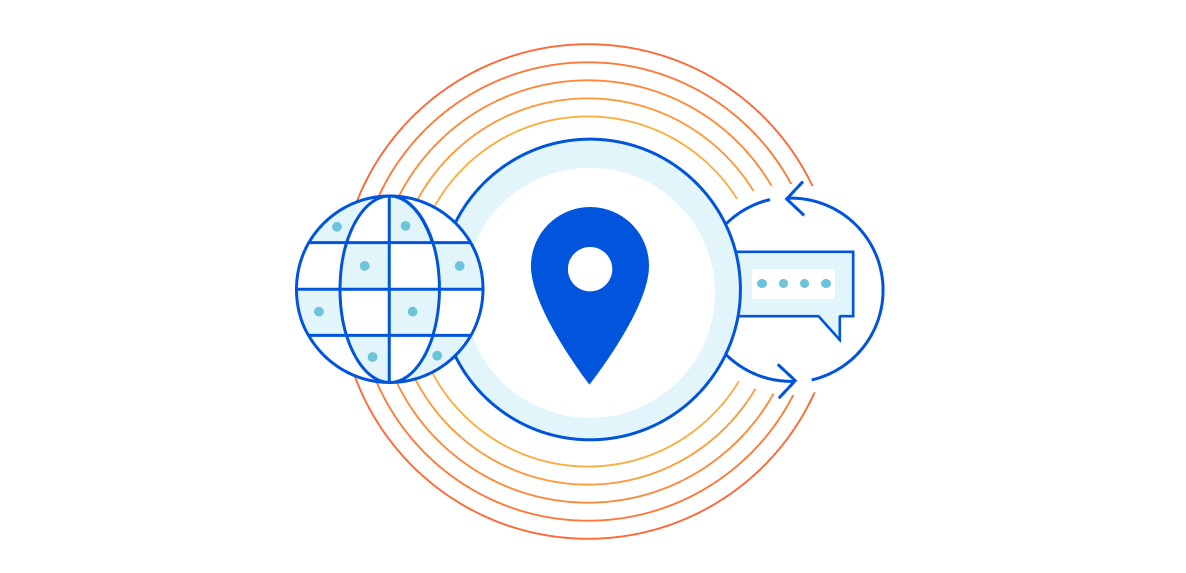Introducing the Customer Metadata Boundary


Data localisation has gotten a lot of attention in recent years because a number of countries see it as a way of controlling or protecting their citizens’ data. Countries such as Australia, China, India, Brazil, and South Korea have or are currently considering regulations that assert legal sovereignty over their citizens’ personal data in some fashion — health care data must be stored locally; public institutions may only contract with local service providers, etc.
In the EU, the recent “Schrems II” decision resulted in additional requirements for companies that transfer personal data outside the EU. And a number of highly regulated industries require that specific types of personal data stay within the EU’s borders.
Cloudflare is committed to helping our customers keep personal data in the EU. Last year, we introduced the Data Localisation Suite, which gives customers control over where their data is inspected and stored.
Today, we’re excited to introduce the Customer Metadata Boundary, which expands the Data Localisation Suite to ensure that a customer’s end user traffic metadata stays in the EU.
Metadata: a primer
“Metadata” can be a scary term, but it’s a simple concept — it just means “data about data.” In other Continue reading